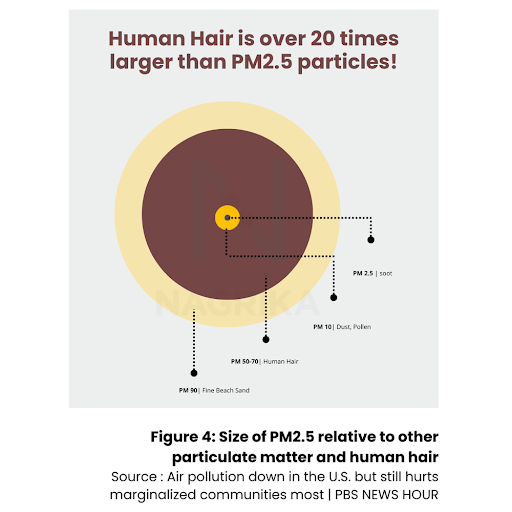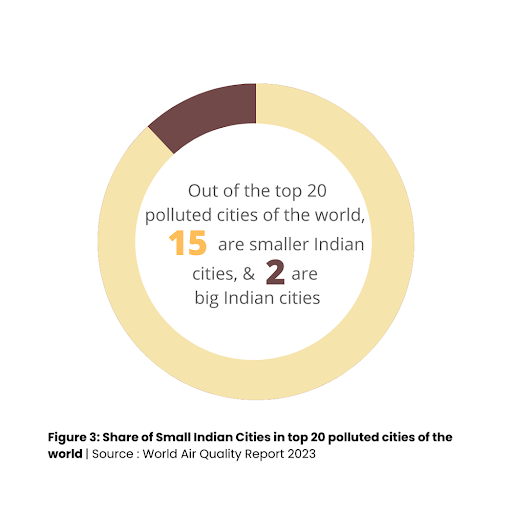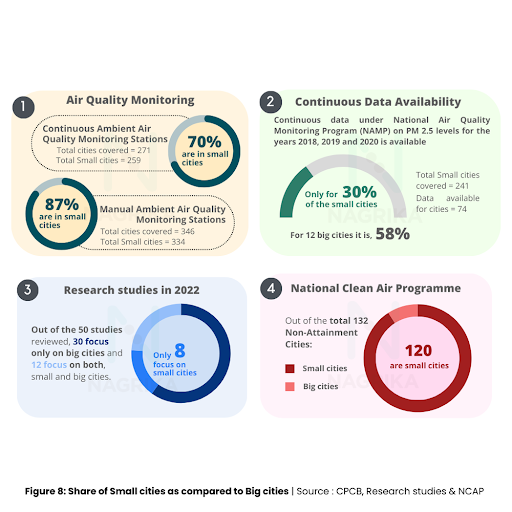Choking On Smog
- connect2783
- Nov 7, 2024
- 2 min read
Updated: Jul 8
As smog thickens and PM2.5 soars, small cities are gasping for breath, yet many remain invisible on pollution maps. In Nāgrika’s Climate Change Series, Part 4 unpacks how climate change fuels toxic air, why monitoring falls short, and what’s at stake when the country’s most polluted places go unnoticed in policy response.
Report Summary & Key Insights:





Declining Air Quality:
Climate change and poor air quality both exacerbate the other, thereby sharing a cyclical relationship which leads to detrimental consequences for human health and the environment.
Pollutants such as particulate matter, especially PM2.5, can cause adverse health impacts. Latest estimates suggest that the deaths caused by PM2.5 pollution in India have increased by 2.5 times in the last two decades.
PM2.5 Limit Guidelines:
India ranked as the 3rd most polluted country in the world in the World Air Quality Report 2023. In the top 20 polluted cities in the world, 15 are small and midsized cities from India. All these cities have annual PM2.5 levels that exceed the WHO guideline by over 10 times.
This report points out how several Indian cities fail to meet the 2021 revised WHO guidelines. India’s CPCB has set an annual average permissible limit for PM2.5 concentration at 40 µg/m³, which is eight times higher than the latest WHO limit.
Monitoring in Small and Midsized Cities:
Despite the presence of a considerable number of air quality monitoring stations, this report highlights the inconsistency in data availability in small and midsized cities. For instance, the 2023 June AQI Bulletin did not record AQI for around 46 small and midsized cities, as the data for air pollutants was unavailable.
Small and midsized cities also lack representation within air quality research. This report highlights such inadequacies in monitoring and research, which hampers accurate assessments of air quality and impedes effective policymaking.
Policy Response and City-specific Actions:
The National Clean Air Programme (NCAP) has been launched to address the air pollution in cities that failed to meet the CPCB’s air quality standards, which includes 132 cities collectively called non-attainment cities. 91% of these non-attainment cities are small and midsized. However, this report highlights certain limitations within the NCAP. For instance,
Bhiwadi – the country’s most polluted city in 2021 and 2022 – has not been included in the programme.
NCAP has adopted a decentralised approach to address poor air quality through City Action Plans. However, coordination and accountability remain crucial for agencies implementing these plans in order to create effective impact.
Comments